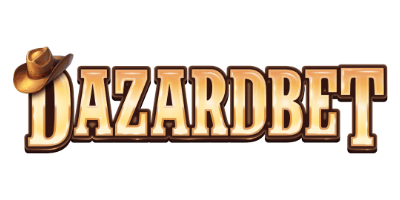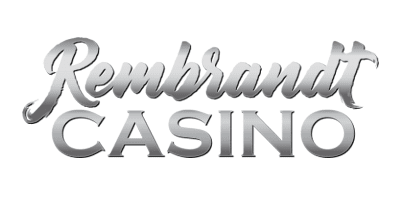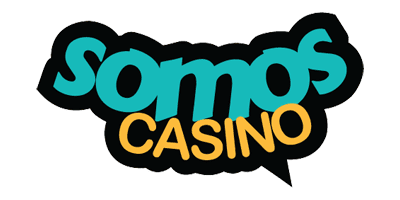Craps is played with two dice. Each die has six faces numbered from 1 to 6 and each face has an equal chance of being shown. Hence totally there are thirty-six outcomes possible. The defining factor in the game is the total of the two numbers that are shown on the two dice. The game is essentially based on predicting the total that will be rolled.
The total varies from two to twelve. A two can be obtained only if each die shows a one. That is a two can be obtained only in one way. A three can be obtained if the first die shows a one and the second die shows a two. That is a three can be obtained in two ways. Similarly a four can be obtained in three ways; a five can be obtained in four ways; a six can be obtained in five ways; a seven can be obtained in six ways; an eight can be obtained in five ways; a nine can be obtained in four ways; a ten can be obtained in three ways; an eleven can be obtained in two ways and a twelve can be obtained in one way. This accounts for the thirty-six out comes.
Consider the case of obtaining a total of seven. There are six ways of obtaining a seven out of a total of thirty-six outcomes. Therefore one can expect to get a seven once in every six rolls on an average. If a player bets $1 on an outcome of seven for six rolls, he can expect to lose five times and win once. In the five losses he will lose $5. Therefore he will have to win $5 when he wins in order to break even. Therefore the odds of getting a seven are 5 to 1. This means that if you bet $1 on seven and lose, you will lose the $1, but if you win you will get $5 plus your bet of $1. Similarly the odds for a two and twelve are 35 to1, for a three and an eleven are 17 to 1, for a four and a ten are 11 to 1, for a five and nine are 8 to 1 and for a six and an eight are 6.2 to 1.
However casinos cannot afford players to break even. That way they will not be able to meet their costs and earn a profit. Hence they offer payoffs that give players less than what they would have got in order to break even in the long run. The casino pays out at 4 to 1 for predicting a seven. That means a player who bets $1 will win $4. The casino will pay back $4 plus the player’s $1 bet instead of $5 plus the player’s $1 bet. Hence for every $6 wagered the casino will expect to retain $1. The house edge is therefore 1/6 or 16.67%. This is for a total of seven. The house edge can similarly be calculated for other bets.
The existence of a house edge does not mean that every player will lose. Some will win and others will lose but in the long run the casino will make money.



















